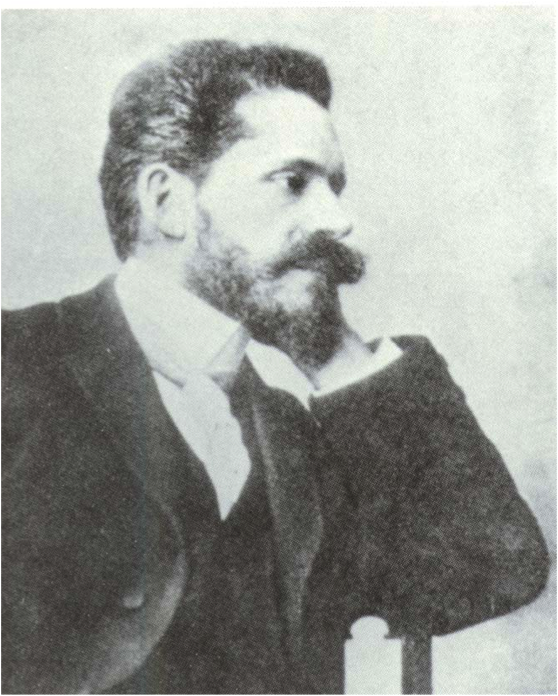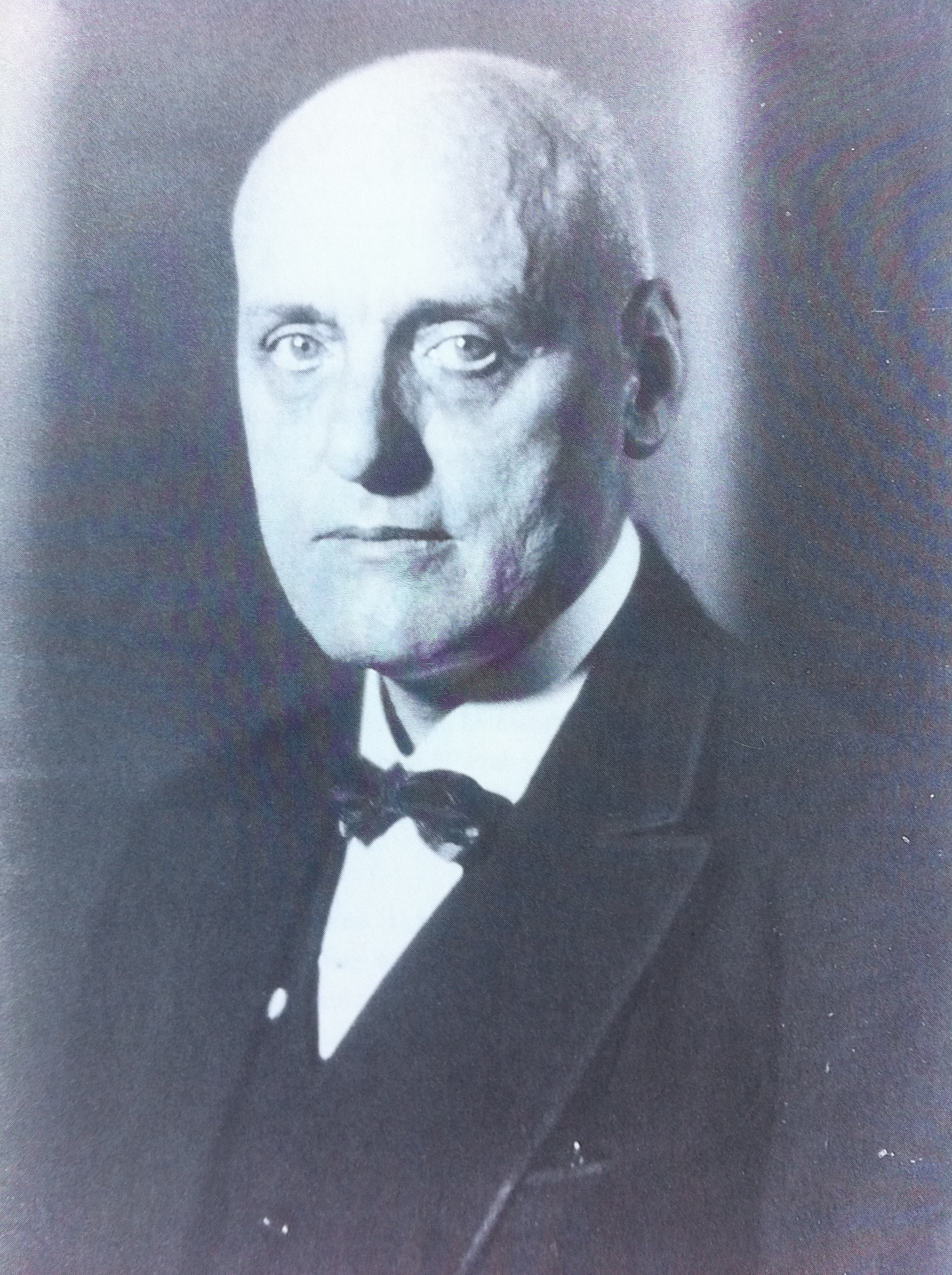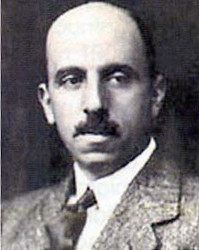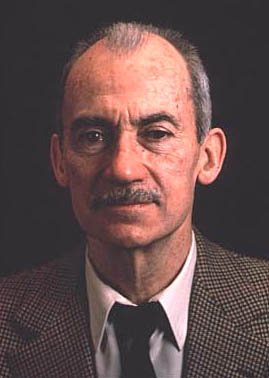History of craniofacial surgery in Europe
Craniofacial surgery, or surgery of the face and underlying bones, has evolved over the centuries. Although craniofacial anomalies were known throughout history (both Hippocrates and Homer touched on the subject), it wasn't until the invention of general anesthetic (mid 19th century) that surgery on the skull was made possible. The invention of antibiotics meant that many wounded soldiers of the first world war survived and were subsequently treated all over Europe. Surgeons like Morestin (France), Esser (Netherlands) and Gillies (UK) were pioneering the speciality of plastic surgery while dealing with these patients.



Morestin 1869-1918 Esser 1877-1947 Gillies 1882-1960
Gillies went on after the second world war to expand the indications of this kind of surgery onto the congenital anomalies. In 1949 he performed the first LeFort III, based on the facial fracture patterns discovered by Rene Le Fort in 1901.
Dr Tessier from Paris is accredited with being the founding father of craniofacial surgery. In 1967 he published his first experience with a LeFort III procedure in a child with Crouzon's syndrome, which generating a renewed interest in these anomalies and their treatment.

Tessier 1907-2008
Over the last 40 years several units all over Europe have specialised in this kind of surgery. The motivated team members are united in the ESCFS.
Gillies HD, Harrison, SH. Operative correction of recessed malar-maxillary complex in oxycephaly. Br J Plast Surg 1950; 3: 123-123.
Le Fort R. Etude expérimental sur les fractures de la machoire supérieure 1901
Tessier P. Total facial osteotomy. Crouzon's syndrome, Apert's syndrome: oxycephaly, scaphocephaly, turricephaly. Ann Chir Plast 1967: 12: 273-86.
Previous page: Craniofacial units
Next page: History of ESCFS